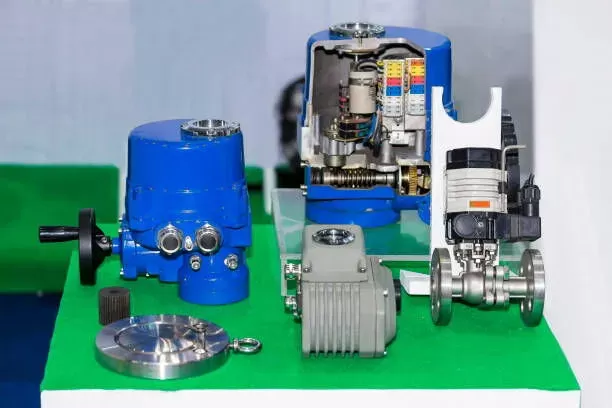Notifications

4 minutes, 29 seconds
-16 Views 0 Comments 0 Likes 0 Reviews

Control valves are essential components in regulating flow, pressure, and temperature in industrial processes. Over time, prolonged use without proper maintenance can lead to stroke inaccuracies—where the valve does not open to the commanded position. Such deviations can compromise system efficiency, stability, and safety.
The valve “stroke” refers to the range of movement of the valve plug or disc, typically from 0% (fully closed) to 100% (fully open). Due to mechanical wear, vibration, pressure variations, and environmental factors, the actual valve position may drift from the control signal. For example, commanding a 25% opening may result in a different actual opening, causing process disturbances.
Routine calibration is crucial to correct these errors, especially in applications demanding precise control.
Technicians calibrate valves at five key points: 0%, 25%, 50%, 75%, and 100%. This ensures linear and accurate valve response throughout its stroke. Mechanical valve positioners, which rely on manual adjustments, require fine-tuning of zero and span settings for optimal performance.
Zero Adjustment (0%)
Apply a 4 mA control signal (fully closed for air-to-open valves). If the valve is not fully closed, adjust the zero setting manually until it is.
Mid-Point Calibration (50%)
Send a 12 mA signal to target half-opening. Check valve response; if inaccurate, adjust the span. Ensure the feedback linkage is vertically aligned to avoid mechanical bias.
Full Stroke Check (100%)
Use a 20 mA signal to confirm full valve opening. Correct any deviations by rechecking span or mechanical alignment.
Verification at Intermediate Points
Validate valve positions at 25% and 75%. Repeat adjustments if needed to maintain proportional response across the entire stroke.
Mechanical Positioners
Widely used in harsh or budget-limited environments, these devices use springs and cams to translate control signals to valve motion. Calibration requires manual tuning and hands-on expertise, making them excellent tools for training new technicians.
Intelligent Positioners
Featuring microprocessors and digital interfaces, intelligent positioners automate zero and span calibration, provide diagnostics, and simplify maintenance. While they reduce manual work, operator understanding remains critical for interpreting data and responding to alarms.
Positioners convert control signals (commonly 4-20 mA) into precise valve movements. Failures due to wear, misalignment, or signal faults can disrupt automatic control, leading to manual intervention or shutdowns—risks that are costly and dangerous in critical industries like oil and gas or power generation.
Schedule regular calibration every 6–12 months depending on use and environment.
Inspect and maintain proper alignment of feedback linkages.
Avoid over-tightening components during adjustments to prevent mechanical distortion.
Utilize diagnostic tools available in intelligent positioners to monitor valve health.
Keep detailed records of calibration data to track valve performance trends.
The shift from mechanical to intelligent valve positioners mirrors the broader automation trend of improving precision while reducing manual effort. Both types have important roles: mechanical positioners for rugged, low-cost applications and training, and intelligent positioners for enhanced accuracy and diagnostics.
Regardless of the technology, a well-calibrated positioner is essential to ensure smooth, efficient, and safe process control. Investing in proper calibration and understanding valve mechanics protects system integrity and optimizes production.Know more about Google SEO Directory

